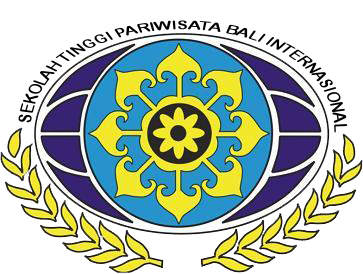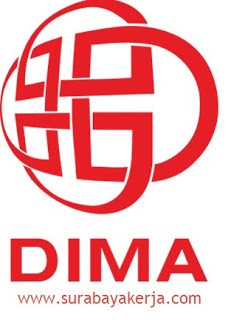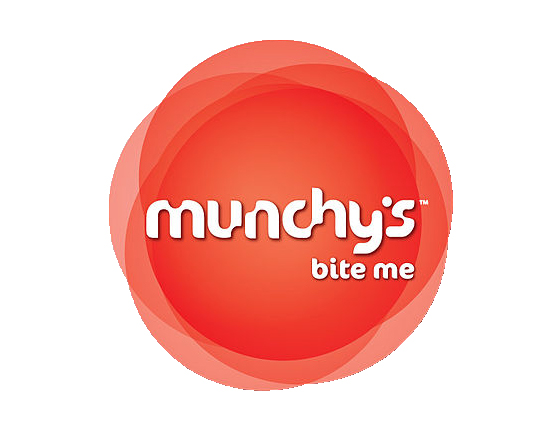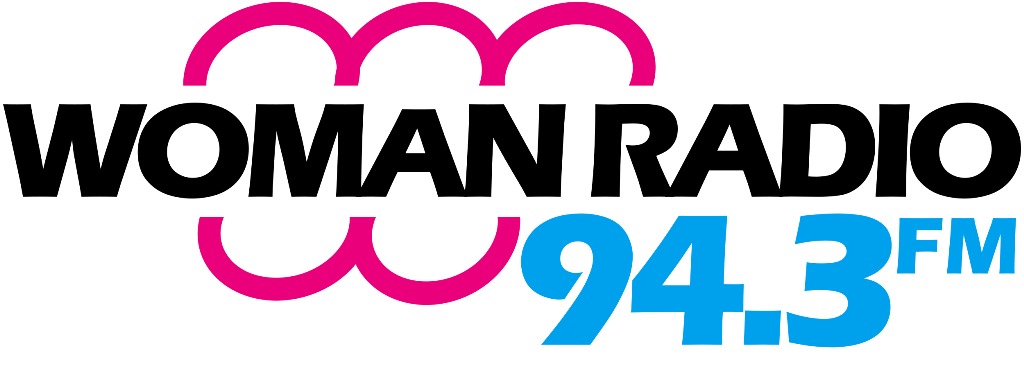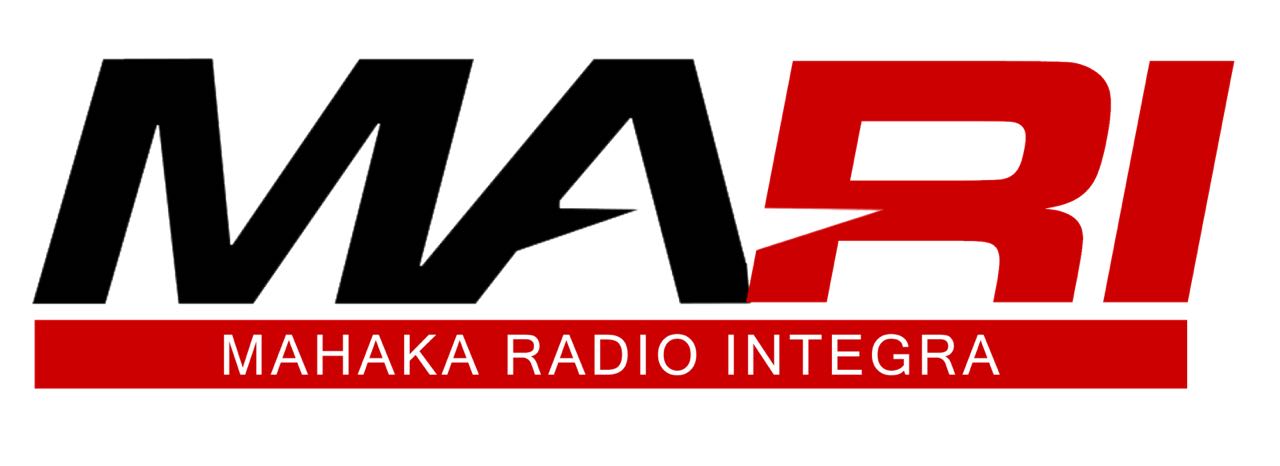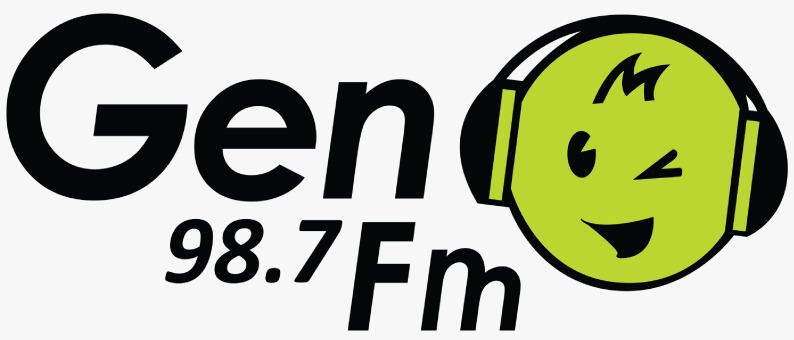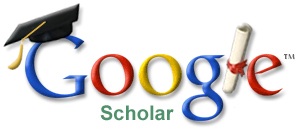MITOLOGI UNSUR MISTIK DALAM PERIKLANAN (IKLAN “GO-JEK VERSI KAMU” EPISODE “KUNTI”)
Abstract
developments. This is also in line with human will, especially urban communities that
are increasingly diverse and constantly changing. Referring to this, there are many
digital applications offering services that make it easier for people to carry out their
daily lives, as well as complementing their lifestyles.
In fulfilling it all, GO-JEK as an application for offering the nation's children
makes it easy for loyal customers. Starting from reducing the use of cash, completing
features that are close to everyday life, to the newest one is to compile the types of
services that are most widely used and placed at the top. This is the basic feature of
"GO-JEK Your Version" which is poured in 3 ads with the characteristics of own
segmentation.
Each ad is interpreted differently because it has many signs in it that are not
independent but are interrelated and neatly arranged with other marks. In the ad that
was studied by the researcher, "GO-JEK Your Version" episode "Kunti", researchers
saw a shift in meaning from the mystical side, where the main character in the
advertisement was not a public figure but Kunti who was once considered a creepy and
shunned spirit. The existence of Kunti in this advertisement is reviewed with Semiotics
Studies which will break down all the shifts that occur and are seen in the verbal and
nonverbal elements of advertising.
The mythology that finally emerged was the Lifestyle Mythology in which there
was a shift in cellphones, glasses and fashion; and Transformation Mythology
Meanings which include mystical themes and the use of mobile phones among today's
society.
Keywords : advertising, sign, mean, semiotics, mystical, myth
Full Text:
PDFReferences
Ardianto, Elvinaro. (2004). Komunikasi Massa: Suatu Pengantar. Bandung: Simbiosa
Rekatama Media.
Barthes, Roland. (2009). Mitologi. Yogyakarta: Penerbit Kreasi Kencana.
_____________. (2010). Imaji/ Musik/ Teks. Yogyakarta: Penerbit Jalasutra.
Danesi, Marcel. (2010). Pesan, Tanda, dan Makna : Buku Teks Dasar Mengenai
Semiotika dan Teori Komunikasi. Yogyakarta: Penerbit Jalasutra.
____________. (2010). Pengantar Memahami Semiotika Media. Yogyakarta: Penerbit
Jalasutra.
Daymon, C., & Holloway, I. (2008). Riset Kualitatif dalam Public Relations dan
marketing Communications. Yogyakarta: Bentang.
Duncan, T. (2005). Principles of Advertising & IMC. New York: The Mc Graw Hill.
Eriyanto. (2008). Analisis Wacana: Pengantar Analisis Teks Media. Yogyakarta:
Penerbit LkiS.
Littlejohn, Stephen W. dan Foss, Karen A. (2009). Theories of Human Communication.
Terjemahan Mohammad Yusuf Hamdan. Jakarta: Penerbit Salemba Humanika.
Moriarty, dkk. (2011). Advertising. Jakarta: Kencana Prenada Media Group.
Morissan. (2009). Manejemen Media Penyiaran: Strategi Mengelola Radio dan
Televisi. Jakarta: Penerbit Kencana Prenada Media Group.
____________. (2010). Periklanan Komunikasi Pemasaran Terpadu. Jakarta : Kencana
Prenada Media Group.
Sobur, Alex. (2003). Semiotika Komunikasi. Bandung: Rosda.
____________. (2009). Analisis Teks Media : Suatu Pengantar untuk Analisis Wacana,
Analisis Semiotik, dan Analisis Framing. Bandung: Penerbit PT Remaja Rosda Karya.
Vivian, John. (2008). Teori Komunikasi Massa, Edisi Kedelapan. Jakarta: Penerbit
Kencana.
DOI: http://dx.doi.org/10.30813/ncci.v0i0.1298
Refbacks
- There are currently no refbacks.



